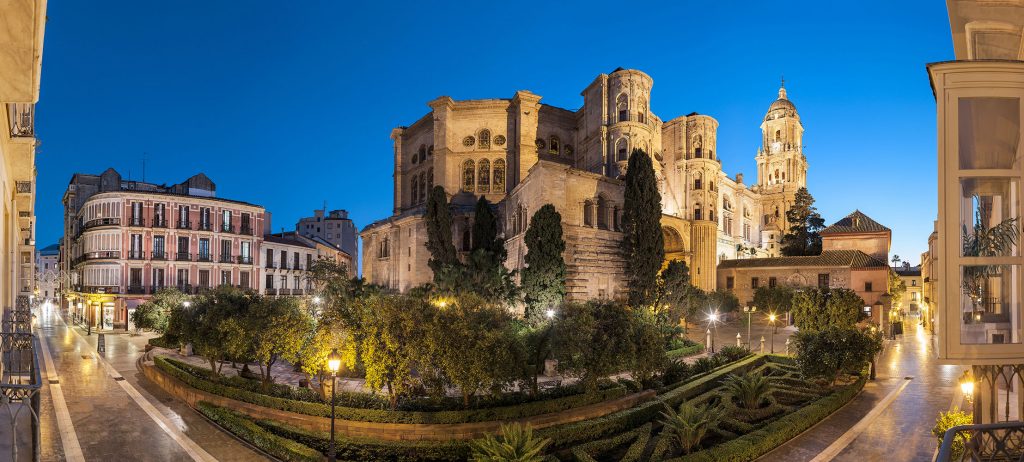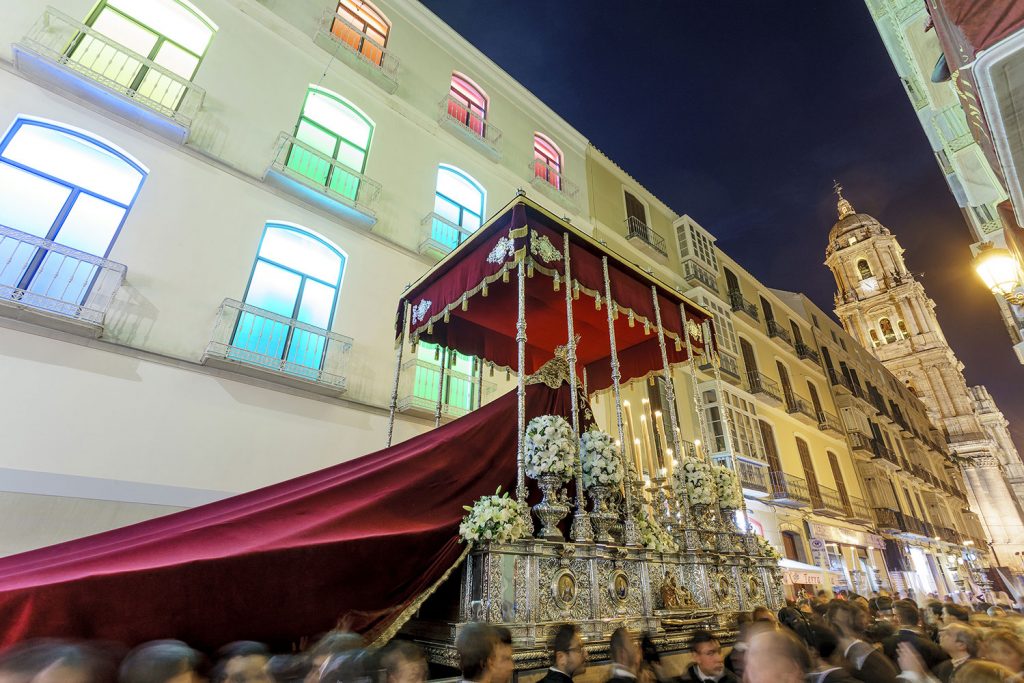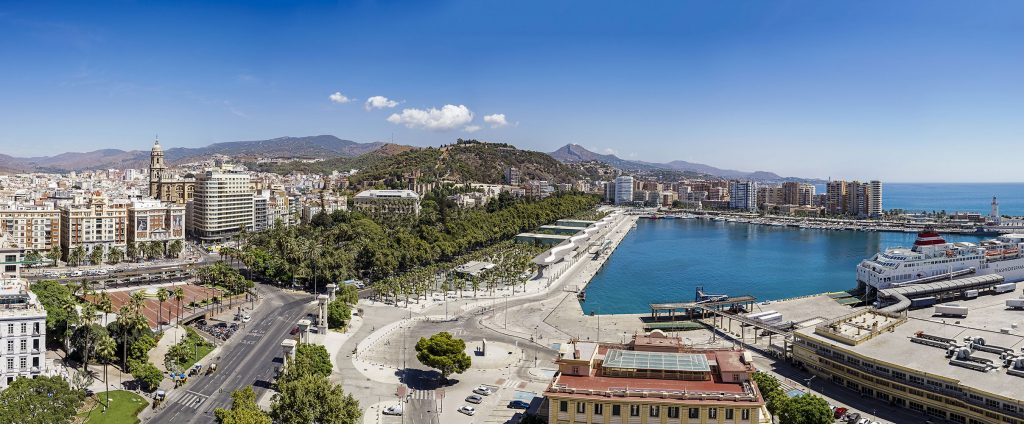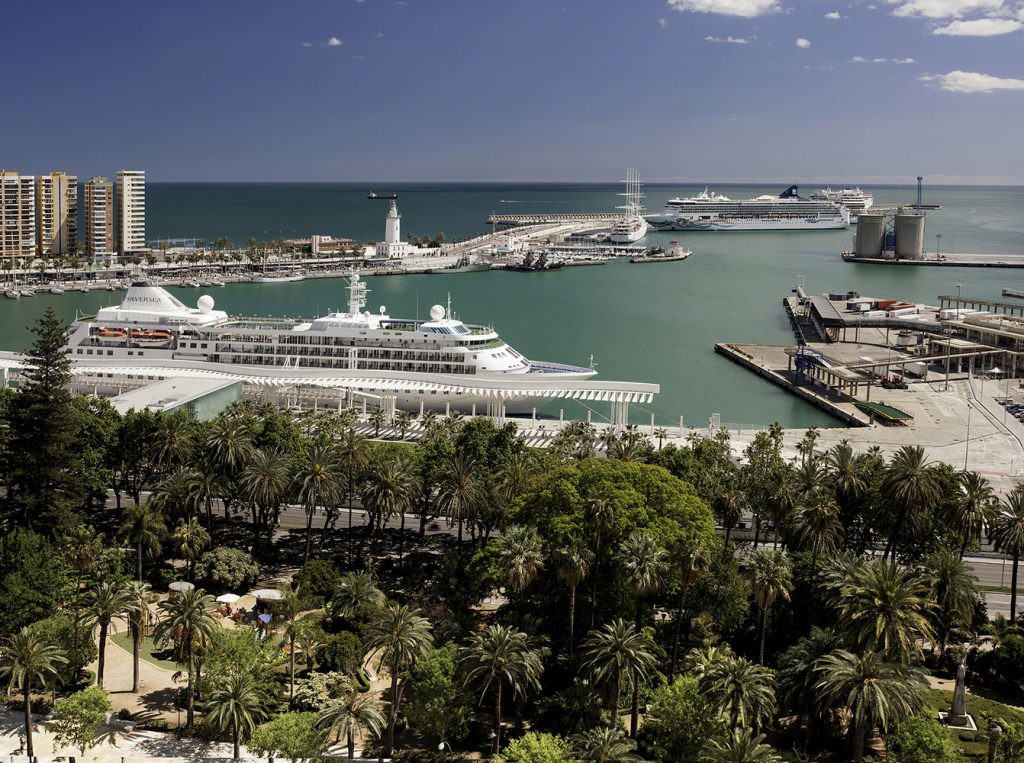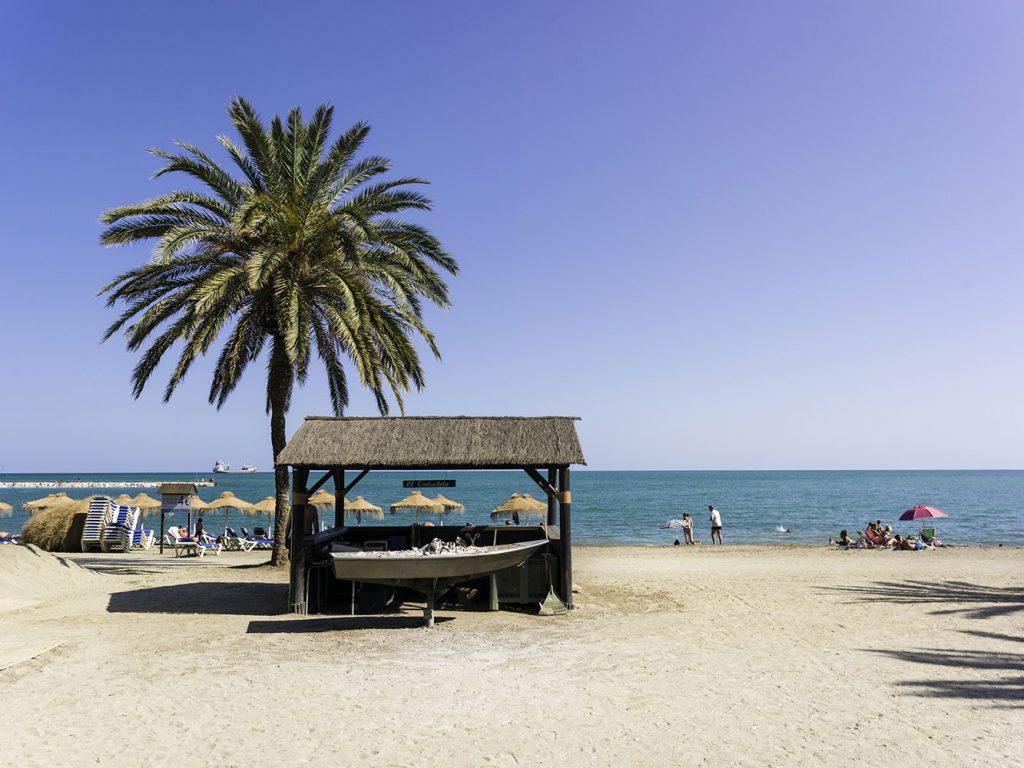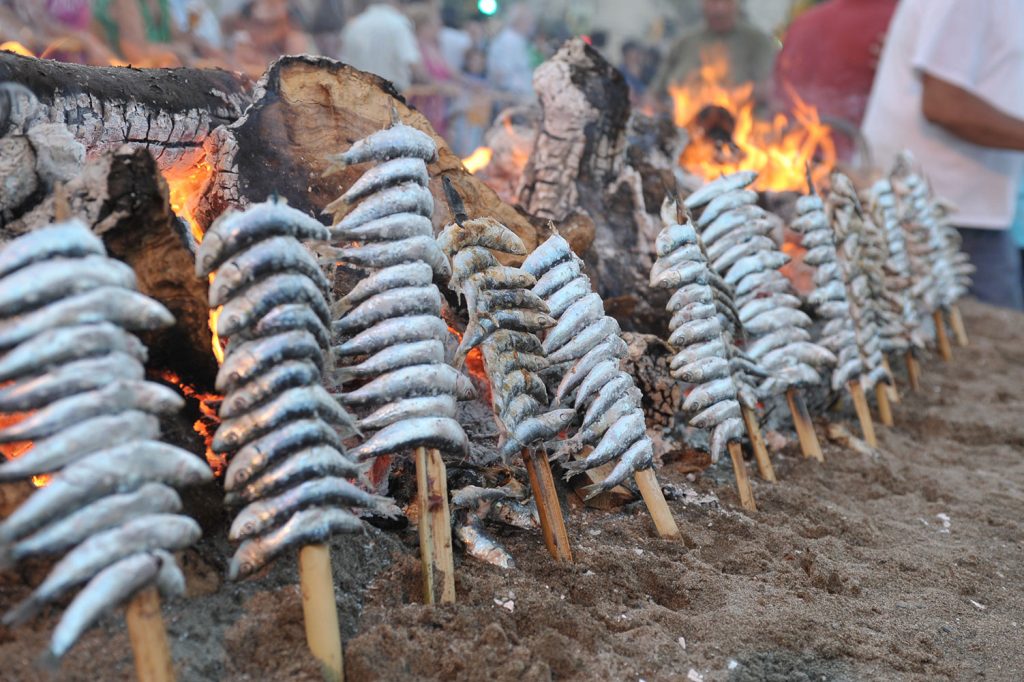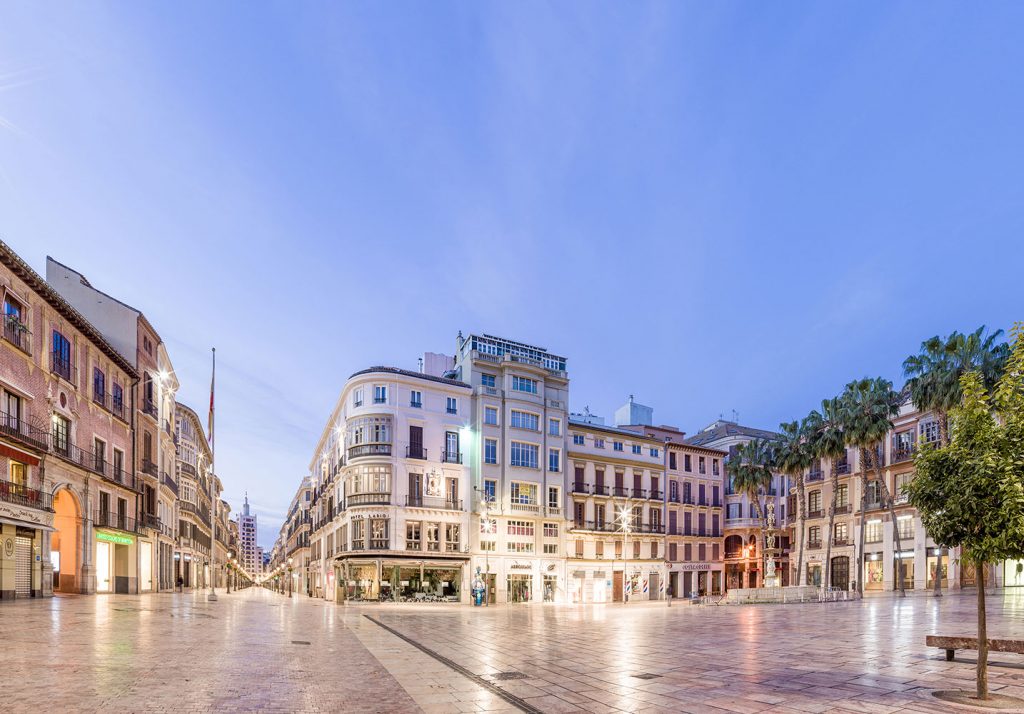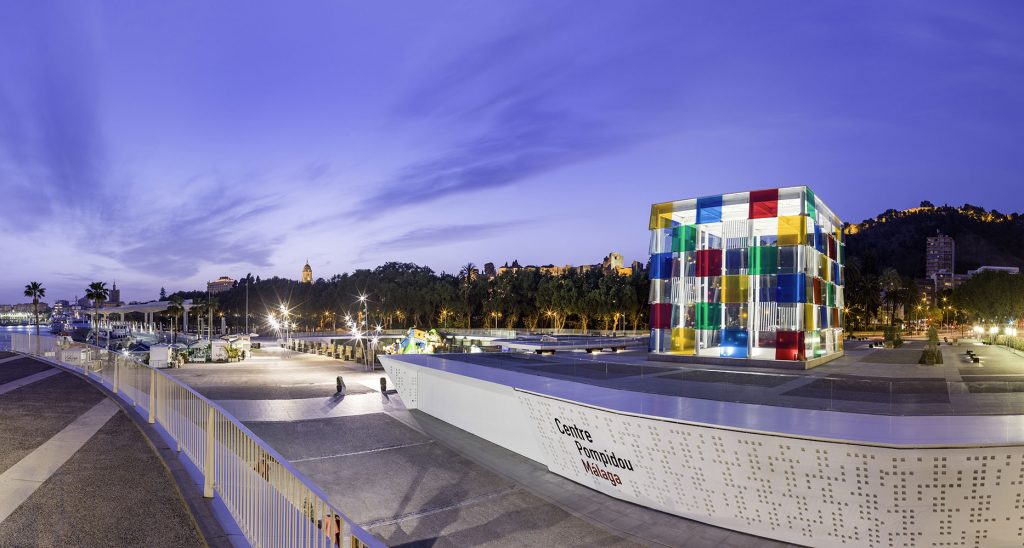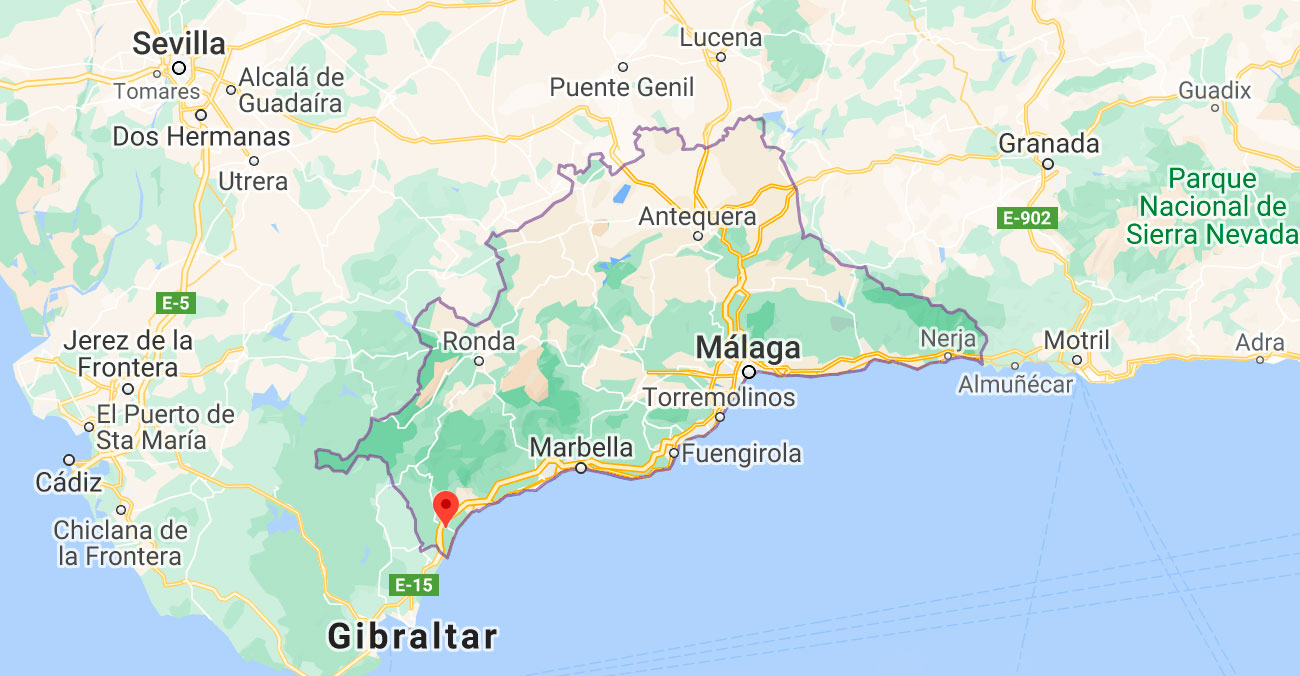History
It has important communications infrastructure with the rest of Spain through the high-speed train line and road access. Malaga Airport is one of the most important airports for arrivals of travelers from Spain and Europe, reaching 19.8 million travelers in 2019. 85% of arrival traffic at the airport originates from international markets, connecting with 129 destinations through 241 routes. The Port of Malaga has become the fifth cruise port in Spain and the second on the Peninsula, with 476,085 cruise passengers and 278 cruise ships in 2019.
The economy of the municipality of Malaga is fundamentally based on the service sector, which represents more than three quarters of its productive fabric, with tourism, hospitality and gastronomy being its main drivers. Currently, it is recognized as one of the cities with the highest quality of life in Europe and its vision is committed to the mandate of UNESCO and the 2030 Agenda for Sustainable Development.
Monuments
More than 3,000 years of history contemplate the city of Málaga, from its Phoenician origins to the beautiful, friendly and cosmopolitan city that tourists from all over the world fall in love with. Málaga opted for culture years ago and today it is a reference model and one of the most dynamic cities in Europe.
Malaga’s cultural offering has increased significantly in recent years with a significant investment in museum and cultural equipment. One of the determining aspects on which this commitment to cultural revitalization and heritage conservation is based is the revitalization of the Historic Center. The historical heritage legacy of the city, with monuments such as the Alcazaba, the Roman Theater, the Gibralfaro Castle and the Cathedral, has been enriched with a wide variety of museums and exhibition centers.
Málaga has become an authentic City of Museums, with a total of 40 exhibition spaces, among which are the Picasso Málaga Museum, the Center Pompidou Málaga, the Contemporary Art Center of Málaga, the Carmen Thyssen Málaga Museum, the Museum of Malaga or the Collection of the Russian Museum of Saint Petersburg Malaga, among others, which make it one of the cities with the highest density of museums in its old town.
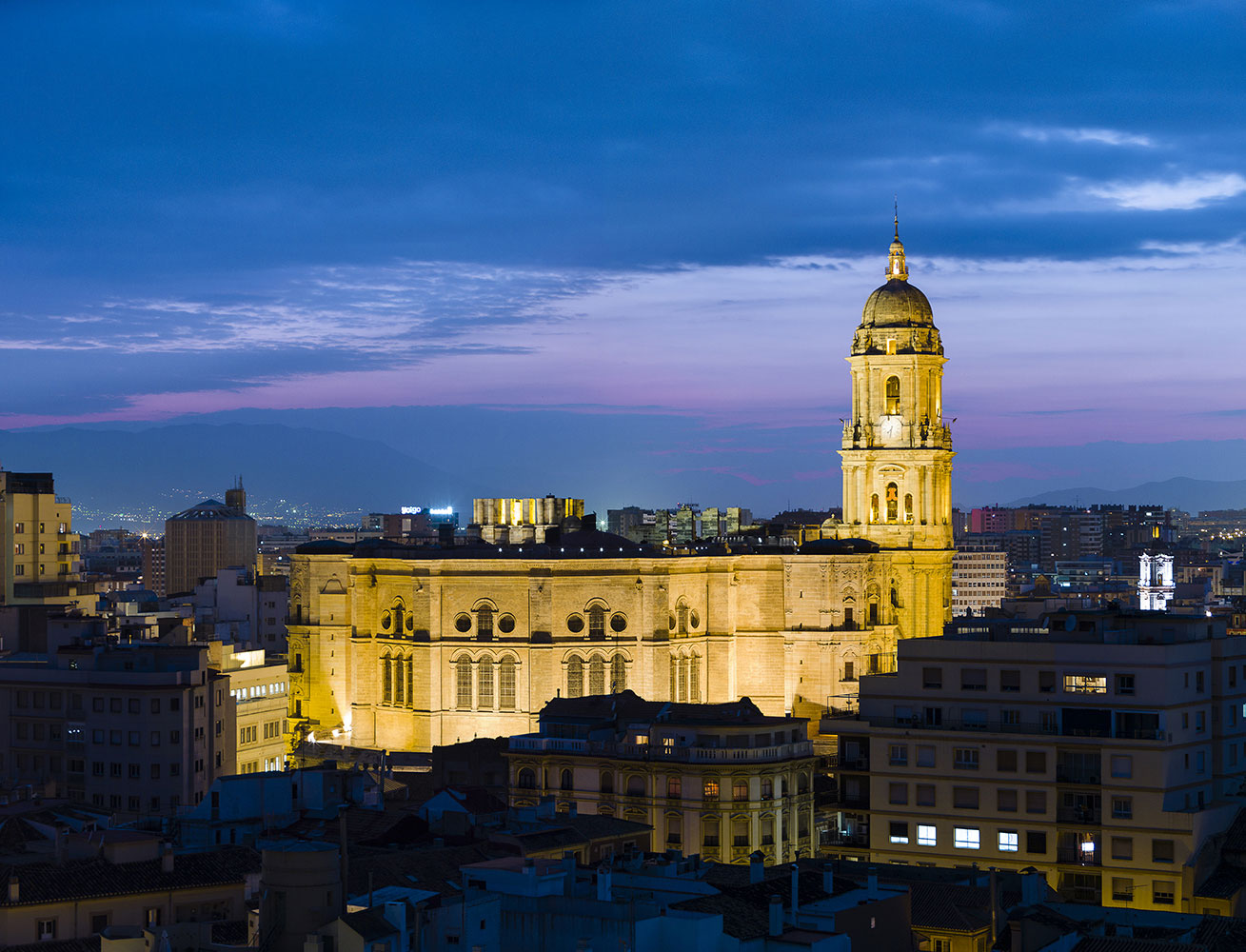
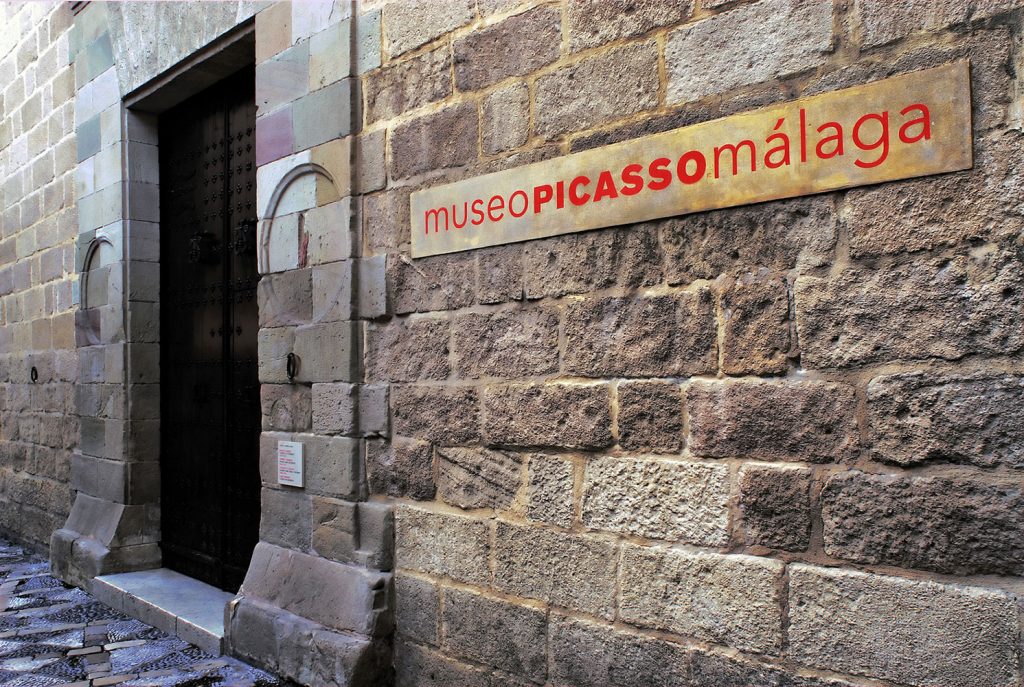
Thus, in the historic center of the city we find the Málaga Wine Museum, one of the exhibition areas valued by the Regulatory Council of the Denominations of Origin “Málaga”, “Sierras de Málaga” and “Raisins of Málaga”, which aims to disseminate and promote these denominations.
In addition, Malaga has a natural heritage of great environmental wealth. The natural area of the Guadalhorce Mouth, located within an island of 122 hectares delimited by the arms of the river in its final stretch, is a transit point for hundreds of migratory species and stands out for its great ecological value. For its part, the Montes de Málaga Natural Park has an area of 4,996 hectares, in which we can find more than 230 plant species and more than 160 vertebrates.
Gastronomy
A melting pot of cultures forges the gastronomic identity of Malaga: miscegenation and universality define Malaga cuisine. Founded by the Phoenicians three thousand years ago, they leave testimony of their presence in the salted fish: anchovies, garum and mojama, as well as the wine to which we owe the sunbathing technique to make wines and raisins.
From the Greco-Roman world, Málaga receives its contributions from baking, vines, olive trees, fish cooking with the systematic use of olive oil associated with it, and the hallmark of the sardine skewer.
The presence of Islam for eight centuries in our city will leave us with what characterizes the Andalusian culture: honey, cane honey, grapes, raisins, syrups and syrups; as well as a cuisine full of aromas that identify the cuisine of Al-Andalus through seasoning with seeds and spices from the East and already produced here: sesame, matalahúva, cinnamon and cloves. Local know-how has ensured that all these traditional culinary practices have survived industrial and technological advances.
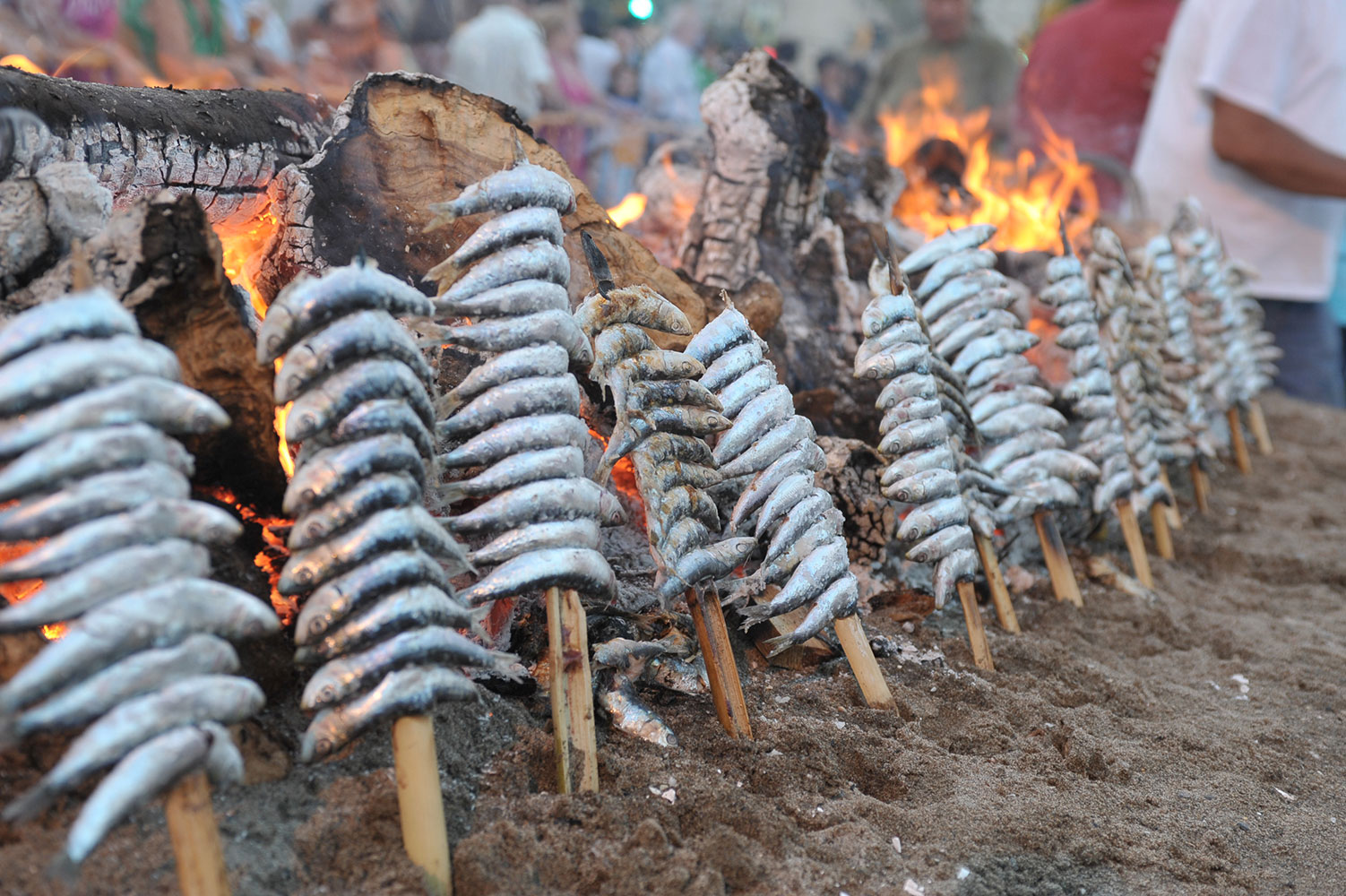
Málaga has a certainly relevant and varied gastronomic sector, it can be said that Málaga has a dozen Michelin stars between the capital and its sphere of influence: José Carlos García, Daniel Carnero, Dani García, Messina, El Lago, Bardal, Skina, Sollo, this last “Green Star” for its commitment to sustainability…. This dazzling stardom coexists with “inns, taverns, bars and taverns” in the center and the establishments in all the neighborhoods where the most local gastronomic culture itself is often preserved.
Festivities
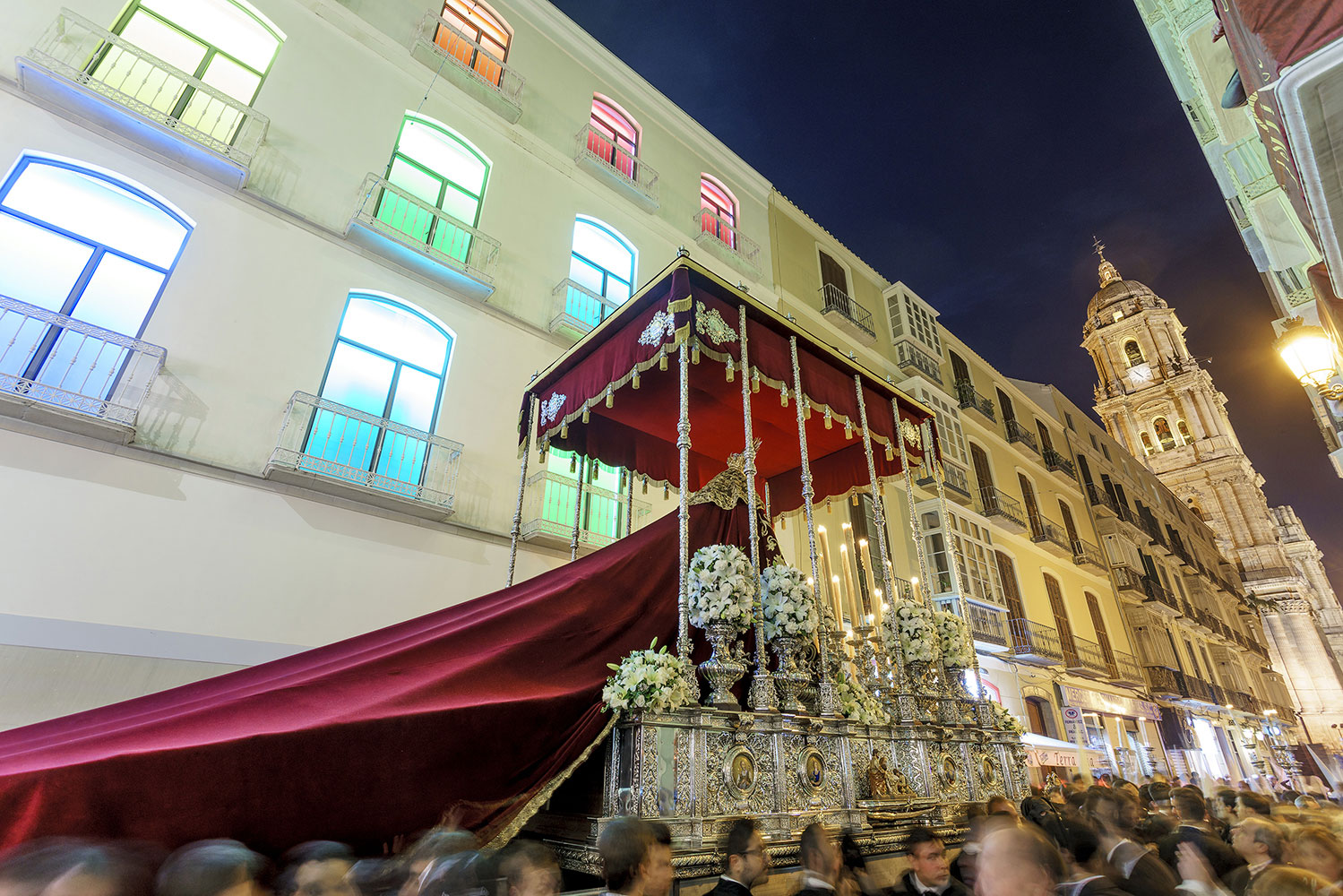
The Sabor a Málaga Fair, which is held annually in the month of December and in which more than a hundred companies, a total of 44 municipalities and more than 90 producers participate and which brought together more than 38,000 people in the last edition.
Málaga Gastronomy Festival is a festival that is held annually around the month of June and proposes a new concept of gastronomic tourism based on cultural and leisure actions, aimed at tourists with a foodie profile, foreign residents and the Malaga public.
Along with this, there are countless fairs and events already consolidated such as the Wine Competition, the Oil Competition, the Goat Cheese Competition, the the Malagueño Suckling Chick Cooking Competition, and an infinite number of routes and gastronomic days of tapas and spoons and a Wine Route certified by ACEVIN (the Ronda and Málaga Wine Route).

